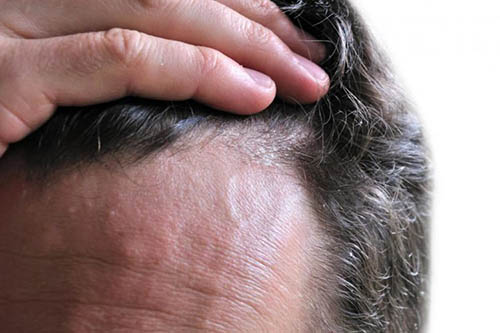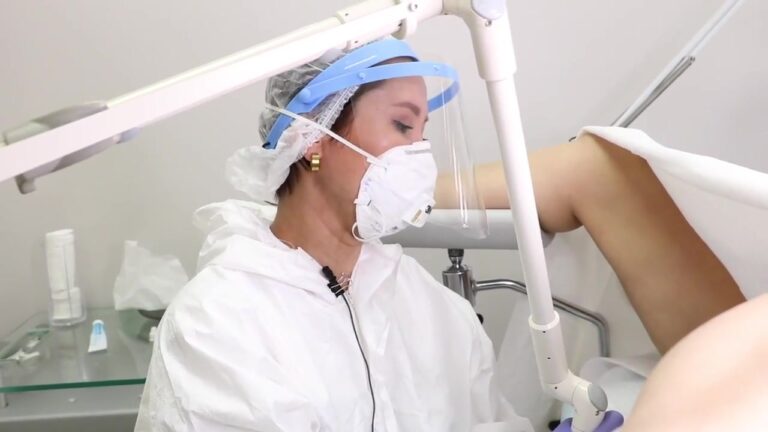
Себорейный дерматит
Общее описание
Себорейный дерматит — это хроническое воспалительное заболевание кожи, поражающее участки с высокой концентрацией сальных желез. В основе патологии лежит избыточная продукция кожного сала, создающая благоприятную среду для размножения условно-патогенных микроорганизмов, прежде всего грибков рода Pityrosporum ovale. Воспалительная реакция развивается как ответ на активность этих микроорганизмов.
Наиболее часто себорейный дерматит поражает:
- волосистую часть головы,
- область груди и спины,
- лицо (в особенности носогубный треугольник, брови, лоб).
Причины и провоцирующие факторы
Развитию заболевания способствуют следующие состояния и факторы:
- заболевания эндокринной системы;
- неврологические нарушения;
- иммунодефицитные состояния;
- генетическая предрасположенность;
- повышенное потоотделение;
- дефицит витаминов (особенно группы B);
- регулярное воздействие агрессивных моющих средств (особенно щелочных);
- стресс и переутомление.
Для себорейного дерматита характерны сезонные обострения, преимущественно весной и осенью.

Диагностика
Диагноз ставится на основе визуального осмотра и типичной клинической картины. Для уточнения диагноза и исключения других кожных заболеваний (экземы, псориаза, дерматомикозов) могут назначаться:
- микроскопическое исследование чешуек кожи,
- микологический посев на грибковую флору.
Лечение себорейного дерматита
Комплексный подход к лечению включает:
1. Коррекция сопутствующих заболеваний
Необходимо лечение и стабилизация фоновой патологии (эндокринной, иммунной, неврологической).
2. Диета и образ жизни
Рацион пациента должен быть обогащён витаминами и микроэлементами, особенно витаминами группы B и цинком.
3. Медикаментозная терапия
- Противогрибковые препараты (шампуни, кремы, гели на основе кетоконазола, циклопирокса и др.);
- Кератолитические и антисептические средства с цинком, серой или салициловой кислотой;
- Иммуномодуляторы для наружного применения, обладающие противовоспалительным эффектом;
- Антигистаминные препараты, если присутствует выраженный зуд;
- Антибактериальная терапия — при признаках вторичной инфекции.



